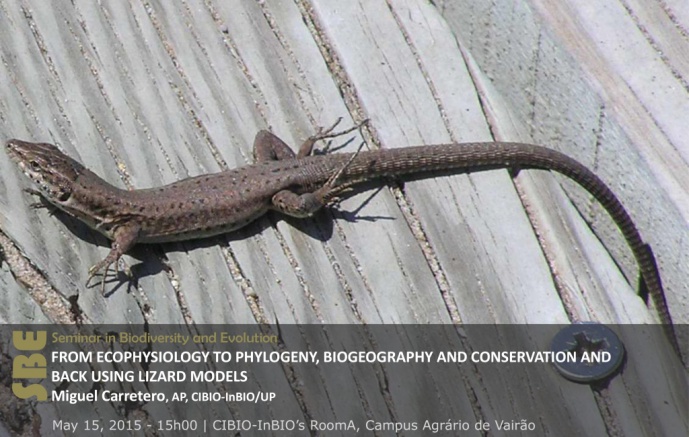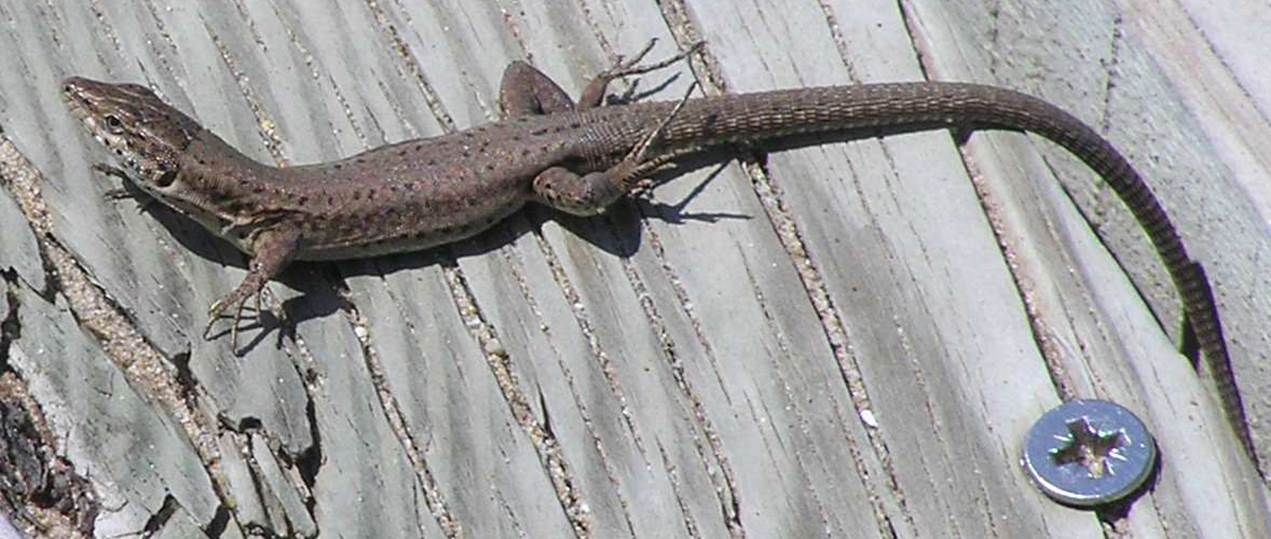FROM ECOPHYSIOLOGY TO PHYLOGENY, BIOGEOGRAPHY AND CONSERVATION AND BACK USING LIZARD MODELS


Coping with environmental variations is a major challenge for organisms, particularly those that are ectotherms and poor dispersers. Temperate lizards provide a nice ecophysiological model since they are abundant and easy to manipulate while in nature they have to face daily and annual changes in temperature and humidity. The way they respond to such changes has profound consequences on their current distribution at different spatial scales as well as on the interactions between species with different ecophysiological traits. Also, the way ecophysiological strategies shift along the evolutionary axis contributes to their range expansion/restriction and to lineage diversification and extinction. Finally, both current and historical ecophysiology has repercussions on their conservation status and management, especially if scenarios of climate change for the next century are confirmed. I will illustrate all these aspects using our recent investigations on thermal and hydric physiology of the lacertids of the Mediterranean Basin by taking advantage of the solid phylogenetic framework develop within the AP group.
Miguel A. Carretero is PhD in Biology by the University of Barcelona and researcher at CIBIO since 2001 (even before CIBIO-InBIO). In his research he integrates ecology, physiology, behaviour, morphology, life history, biogeography, interspecific relationships and conservation under an evolutionary context using reptiles as main (but not exclusive) model organisms. http://cibio.up.pt/people/details/macarret | http://miguelcarretero.wix.com/miguelcarretero
[Group Leader: James Harris, Applied Phylogenetics]
Image credits: Miguel Carretero